African Artists and Mythology: Exploring the Stories of the Continent
From the ancient rock paintings of the Sahara to the contemporary art galleries of Lagos, African art has long been a wellspring of creativity and cultural expression. It is a field as diverse and varied as the continent itself, encompassing a vast array of styles, media, and themes. One particularly fertile source of inspiration for African artists has been the rich tapestry of mythology that permeates the societies of this great landmass. Indeed, African mythology has played an integral role in shaping the identity and worldview of the continent’s myriad cultures. In this journal, we shall embark on a fascinating journey through the ages, exploring how African artists have drawn from the continent’s vibrant mythological traditions to create unique and powerful works of art that both reflect and shape the cultural narratives of the region.
The historical context of African art and mythology
To fully appreciate the interplay between African art and mythology, we must first delve into the historical context that has shaped their development. From the earliest days of human civilization, art and myth have been inextricably intertwined in Africa. The continent’s prehistoric art, such as the vivid rock paintings of the Tassili n’Ajjer in Algeria, often depicts scenes from the mythological traditions of early societies, providing a tantalizing glimpse into the spiritual beliefs of our distant ancestors.
As African civilizations grew and evolved, so too did their art and mythology. The ancient empires that once dominated the continent, such as Egypt, Nubia, and Mali, left behind an artistic legacy that continues to inspire and captivate. These great civilizations, with their pantheons of gods and heroes, their creation myths and cosmologies, provided a wealth of mythological material for artists to draw upon, as well as fostering the development of unique artistic styles and techniques.
The arrival of European colonizers and the subsequent African diaspora brought about a period of immense upheaval and change for African art and mythology. As the continent was carved up and its people displaced, new cultural syntheses emerged, blending traditional African mythologies with those of other cultures. In turn, these hybrid mythologies found expression in the art of the African diaspora, creating a rich and complex artistic tapestry that reflects the diversity and resilience of the African spirit.
Mythological themes in African art
At the heart of African mythology lie the timeless themes of creation, the divine, and the heroic. These themes have long provided a wellspring of inspiration for African artists, who have used their unique artistic sensibilities to bring these ancient stories to life in vivid and evocative ways.
Creation myths, for example, abound in African art. One need look no further than the intricate Dogon cosmogonic sculptures of Mali, which depict the primordial couple and the creation of the universe, or the stunning Yoruba beadwork that adorns the crowns and regalia of kings, symbolizing the divine origins of their power. Similarly, the gods and goddesses of the many African pantheons have been immortalized in a variety of artistic forms, from the majestic statues of ancient Egypt to the colorful masquerades of West Africa.
Heroes and legendary creatures also feature prominently in African art and mythology. Take, for instance, the epic tales of Sundiata Keita, the founder of the Mali Empire, which have been immortalized in a variety of artistic media, from oral storytelling to intricately woven textiles. Or consider the ferocious mythical creatures that inhabit the imaginations of Africa’s diverse peoples, such as the Mami Wata, a powerful water spirit revered throughout West Africa, whose seductive and dangerous allure is captured in the vibrant paintings and sculptures that bear her likeness.
The symbolism and allegorical significance of mythological themes in African art cannot be overstated. The stories and characters of African mythology often serve as vehicles for exploring deeper cultural, social, and spiritual truths. They provide a means for African artists to grapple with the complexities of human existence and express the timeless questions that have long preoccupied the human mind.
Regional variations in African art and mythology
Given the sheer size and cultural diversity of the African continent, it is no surprise that its art and mythology exhibit a rich array of regional variations. These distinct traditions, born of the unique historical and cultural contexts in which they developed, offer a fascinating insight into the multifaceted nature of African artistic and mythological expression.
In West Africa, for example, we find the Yoruba people, whose art is intimately tied to their pantheon of Orisha – gods and goddesses who govern all aspects of life. Yoruba art is characterized by its use of vibrant colors, intricate beadwork, and elaborate carvings, which often depict the Orisha in their various guises. Similarly, the Akan people of Ghana and Côte d’Ivoire have developed a rich artistic tradition centered around the concept of the Sankofa, a mythical bird that symbolizes the importance of learning from the past.
Moving to Central Africa, we encounter the Kuba people of the Democratic Republic of the Congo, whose art is heavily influenced by their cosmic creation myth. This myth, which tells of a divine king who brought order to the universe, is reflected in the complex geometric patterns and symbolism that pervade Kuba textiles, masks, and sculptures. Further east, the Luba people of the Congo have developed an artistic tradition that revolves around the figure of the divine king, whose authority is said to be derived from the gods themselves.
In East Africa, we find the Maasai people, whose art and mythology are centered around the figure of Enkai, the supreme god who governs the forces of nature. Maasai art, characterized by its bold, primary colors and striking geometric designs, reflects the powerful and awe-inspiring presence of Enkai in the natural world. Meanwhile, the Amharic people of Ethiopia have developed a rich artistic tradition that draws heavily from the legends of the Ethiopian Empire, with its storied history of kings and queens, saints, and warriors.
Finally, in Southern Africa, we find the Zulu people, whose art and mythology are inextricably linked to the stories of Unkulunkulu, the great creator who brought forth the world and its inhabitants. Zulu art, with its intricate beadwork, carved wood, and bold colors, reflects the dynamism and vitality of these foundational myths. The San people, indigenous to the region, have a rich artistic heritage characterized by their rock paintings, which often depict scenes from their mythology of the spirit world.
Modern and contemporary African artists engaging with mythology
The influence of African mythology on the continent’s artists has not waned in modern times. Rather, contemporary African artists have continued to engage with and reinterpret the mythological narratives of their cultural heritage, often in innovative and thought-provoking ways.
Chéri Samba, a Congolese painter, has gained international acclaim for his work, which combines traditional and modern artistic elements to create vibrant, narrative-driven pieces that draw heavily from the mythological traditions of his homeland. Similarly, Ghanaian sculptor El Anatsui has garnered widespread recognition for his breathtaking metal tapestries, which incorporate West African symbols and motifs in a thoroughly contemporary medium.
Kenyan artist Wangechi Mutu has also made waves in the international art world with her multimedia works, which fuse African mythology with global cultural influences to explore themes of identity, power, and the female body. These artists, and many others like them, demonstrate the enduring power of African mythology to inspire and inform the continent’s artistic output.
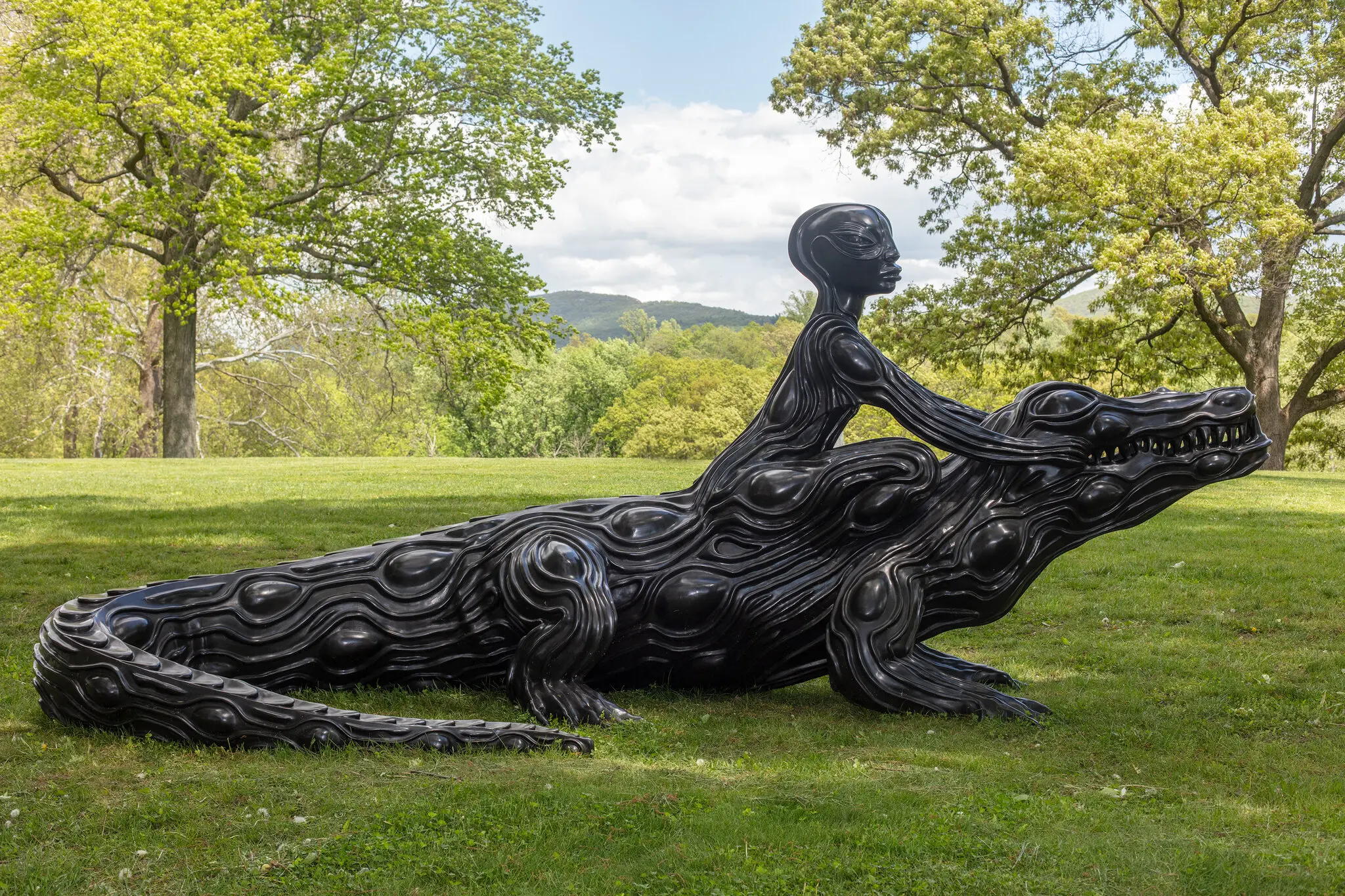
Moreover, the work of these contemporary African artists often serves as a means of preserving and reimagining the mythological narratives that have shaped their cultures. By engaging with these stories and bringing them into dialogue with modern artistic practices and global cultural influences, these artists are breathing new life into the myths and legends of their ancestors, ensuring their continued relevance and resonance for future generations.
Our journey through the rich and varied landscape of African art and mythology has revealed a tapestry of stories and images as diverse and vibrant as the continent itself. From the ancient rock paintings of the Sahara to the cutting-edge works of contemporary African artists, the influence of mythology on the continent’s artistic expression is both profound and enduring.
As we have seen, African mythology has provided a fertile source of inspiration for artists across the ages, offering a wealth of themes, symbols, and narratives that have been skillfully reimagined and reinterpreted in myriad ways. The enduring significance of these mythological themes in African art attests to the power of these stories to speak to the human condition and address the timeless questions that have long preoccupied the human mind.
Moreover, the continued engagement of contemporary African artists with the mythological traditions of their cultures points to the potential for African art and mythology to contribute to a more inclusive and diverse global understanding of cultural narratives. By exploring and reimagining these stories, African artists are not only preserving the rich cultural heritage of their ancestors but also enriching the global artistic conversation with new perspectives and insights.
In conclusion, the power of African artists to shape the stories of the continent is as clear as it is inspiring. Through their skillful engagement with the myths and legends of their cultures, these artists are both preserving the past and imagining the future, ensuring that the rich tapestry of African art and mythology continues to captivate, inspire, and educate for generations to come.

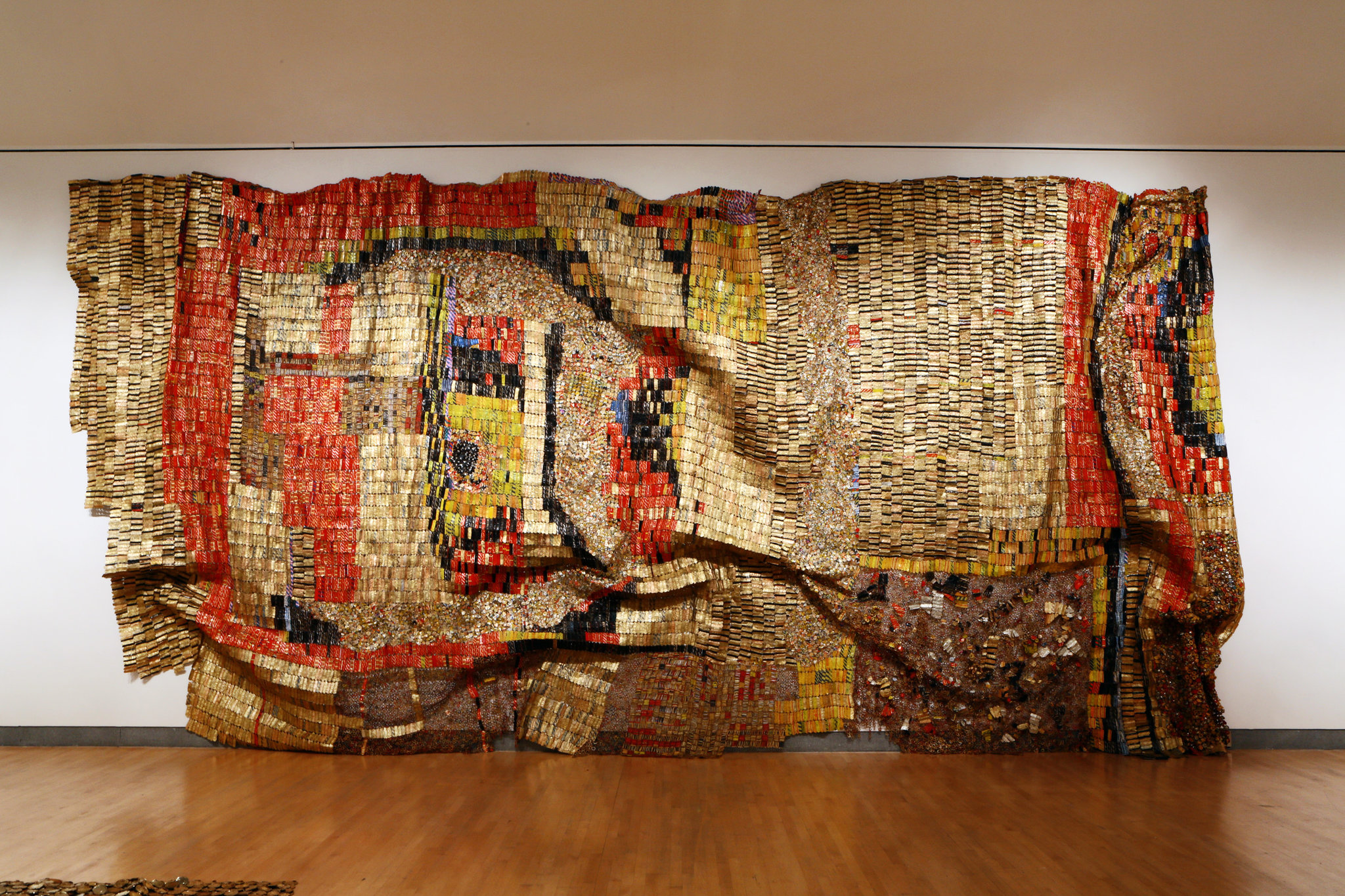
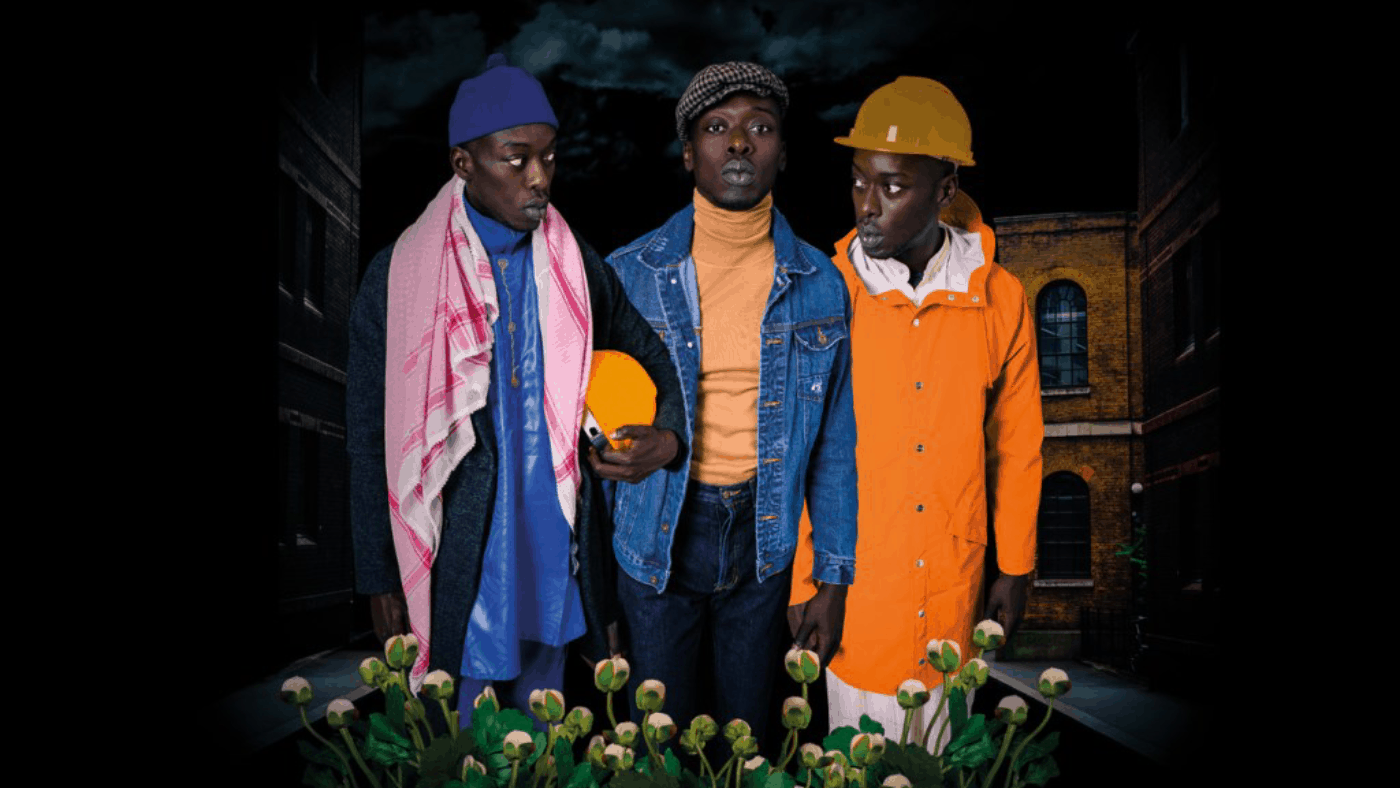
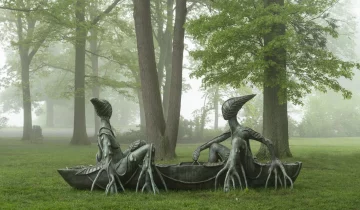
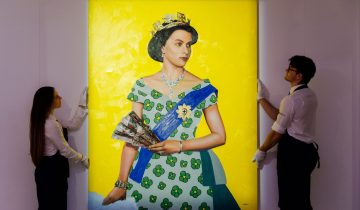
 No products in the basket.
No products in the basket.